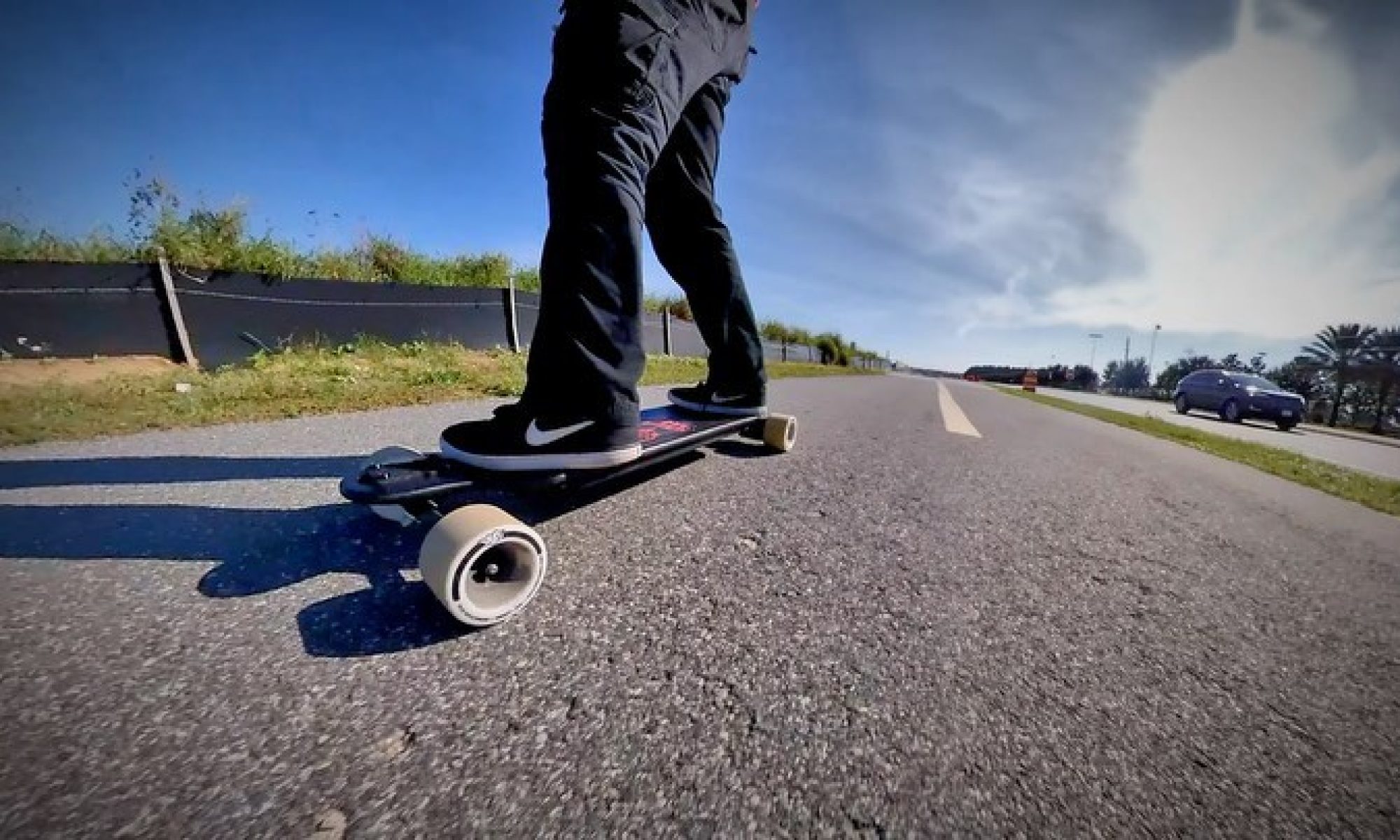SIGNIFICANT RISKS + MANAGEMENT:
BLE and iOS Compatibility:
- Risk: One of the biggest risks we encountered this week is BLE (Bluetooth Low Energy) compatibility on iOS devices. Our initial plan was to connect the web app directly to the Raspberry Pi using BLE, but iOS doesn’t support this method without significant workarounds or the use of additional hardware.
- Management: We are currently evaluating two alternatives to manage this risk:
- React Native: This approach would allow us to build a mobile app with BLE support for iOS. However, this requires learning the React Native framework, which could slow our progress in the short term. The benefit is that this would give us more control over app features and a more integrated experience.
- Bluefy Browser: This is a quicker, web-based solution that offers BLE support without the need for extra Bluetooth hardware. However, the downside is that it doesn’t run in the background and would require users to download an additional app, which could impact the user experience.
- Contingency Plan: While there is no immediate need to invest in extra Bluetooth hardware, we will continue to evaluate both options based on development time and usability. We are confident that either React Native or Bluefy will work for our requirements.
DESIGN CHANGES:
- Connection Method:
- Change: We’re reconsidering our connection method due to BLE not being supported on iOS.
- Why: This is necessary to ensure iOS users can connect to the skateboard without needing additional hardware.
- Cost Impact: Learning React Native could slow development, while Bluefy’s limitations might affect user experience.
- Mitigation: We’re still evaluating which option will have the least impact on project timelines and functionality.
SCHEDULE CHANGES:
- The project environment setup and architecture definition were extended to next week due to time spent researching BLE alternative.
PROGRESS:
- Completed the design for the skateboard connection, control interface, and real-time data display. Prototyped the app flow in Figma, making it easier for the team to understand the functionality. Feedback from teammates was incorporated using Figma’s comment feature.
Part A: Public Health, Safety, or Welfare
(Written by Tioluwani Ajani)
The SkateBack project is designed with a focus on enhancing public safety and personal mobility by providing an electric skateboard that can autonomously navigate and recall itself to its user. This feature addresses the need for improved safety in situations where users might become separated from their skateboard, especially in busy urban environments or recreational areas. The SkateBack system minimizes the risk of accidents or loss by using a combination of GPS and obstacle-detection technology (LIDAR) to ensure that the skateboard can safely navigate back to the user without colliding with pedestrians or obstacles. This greatly reduces the chance of skateboards becoming hazards on crowded sidewalks or streets.
Part B: Social Factors
(Written by Sharon Li)
The SkateBack project is designed to align with a growing social movement towards environmental sustainability and urban mobility. In many communities, there is a strong interest in adopting greener modes of transportation that reduce reliance on gas-powered vehicles. This product caters to those social groups that prioritize environmental responsibility, as it allows users to actively participate in reducing their carbon footprint through a cleaner, electric mode of transportation. SkateBack helps users organize around social interests like climate change, eco-conscious living, and promoting a more sustainable future.
In addition, the project encourages a shift towards a more active and outdoor-oriented lifestyle, which is increasingly valued in many social and cultural settings. As cities become more congested, urban communities are looking for convenient, eco-friendly alternatives to traditional vehicles, and SkateBack provides an innovative solution for short-distance travel. By offering a compact, efficient way to move through urban spaces, it promotes social interaction and engagement with the local environment. The product also supports a sense of community by fostering shared interests in technology, sustainability, and mobility.
Part C: Economic Factors
(Written by Jason Hoang)
SkateBack is a product driven by many economic factors. The first is cost-effective transportation. Especially in very urban areas, having a car is both expensive and impractical. For a fraction of the cost, SkateBack can bring you to and from work often faster than a car would. In an age where vehicle costs and maintenance grow, SkateBack provides a logical and cheap alternative.
The second factor is reducing traffic and hitting environmental goals. From a city perspective, less cars means less carbon emission, less road maintenance, and a reduction in many other costs. Lower infrastructure costs can mean more money goes back to helping the citizens in other ways. Outside of the classroom environment, scalable production means the cost of SkateBack gets dramatically reduced, making it more accessible for everyone.
